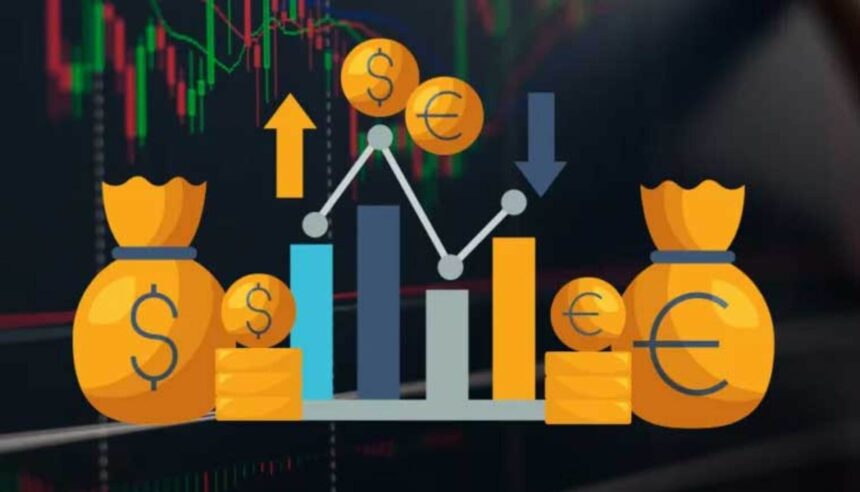The forex market, also known as the foreign exchange market, is a decentralized global marketplace where currencies are traded. Understanding the market structure is crucial for anyone looking to participate in forex trading. The market operates 24 hours a day, five days a week, and sees trillions of dollars in transactions daily. It is essential to grasp the key players, components, and currency pairs that make up the forex market structure.
Key Players in the Forex Market
- Central Banks: Central banks play a significant role in the forex market by implementing monetary policies that impact the value of their respective currencies.
- Commercial Banks: Commercial banks act as intermediaries in forex transactions, facilitating trades for their clients.
- Hedge Funds and Investment Firms: These entities engage in speculative trading in the forex market, aiming to profit from currency fluctuations.
Components of the Forex Market
- Spot Market: The spot market is where currencies are bought and sold at the current market price for immediate delivery.
- Forward Market: In the forward market, contracts are traded for the future delivery of currencies at a specified price and date.
- Futures Market: Similar to the forward market, the futures market involves contracts for the future delivery of currencies, but these contracts are standardized and traded on exchanges.
Understanding Currency Pairs in Forex
In the forex market, currencies are quoted in pairs, such as EUR/USD or USD/JPY. The first currency in the pair is called the base currency, while the second currency is the quote currency. For example, in the pair EUR/USD, the euro is the base currency, and the US dollar is the quote currency. Understanding currency pairs is essential for analyzing and trading in the forex market.

Importance of Market Liquidity
Market liquidity refers to the ease with which an asset can be bought or sold without significantly impacting its price. In the forex market, high liquidity ensures that traders can enter and exit positions quickly and at stable prices. Liquidity is vital for the efficient functioning of the market and helps reduce transaction costs for traders.
Factors Affecting Forex Market Structure
- Economic Indicators: Economic data releases, such as GDP growth, inflation rates, and employment reports, can influence currency values and market sentiment.
- Geopolitical Events: Political instability, trade disputes, and geopolitical tensions can impact the forex market by creating uncertainty and affecting investor confidence.
- Market Sentiment: Trader sentiment, as reflected in technical analysis and news sentiment, can drive short-term fluctuations in currency prices.
Comparison Table: Spot Market vs. Forward Market vs. Futures Market
| Market Type | Description | Key Features |
|---|---|---|
| Spot Market | Where currencies are bought and sold for immediate delivery at the current market price. | Offers instant liquidity and flexibility for traders. |
| Forward Market | Involves contracts for future delivery of currencies at a specified price and date. | Allows for customization of contract terms and hedging against currency fluctuations. |
| Futures Market | Standardized contracts for future delivery of currencies, traded on exchanges with set contract sizes. | Provides transparency and central clearing, reducing counterparty risk for traders. |
Understanding the forex market structure is essential for traders looking to navigate the complexities of currency trading. By grasping the key players, components, and factors influencing the market, traders can make more informed decisions and manage their risk effectively. With a solid understanding of the forex market structure, traders can capitalize on opportunities and navigate the challenges of the dynamic foreign exchange market.

Spot, forward, and futures markets are new to me. Thanks for breaking them down!
Interesting to learn about central banks’ role in the forex market. They seem very important.
Economic indicators like GDP growth seem to have a big impact on currency values.
Market liquidity is crucial! Glad the article covered why it’s important for trading.
‘Understanding market sentiment’ seems key for success in trading. Thanks for explaining it!
This article really explains how the forex market works. I didn’t know it was open 24/5!
‘Geopolitical events’ affecting forex was something I didn’t know about before reading this.
‘Hedge funds and investment firms’ play a huge part in the market, which is fascinating.
Great to know how commercial banks help facilitate trades. They’re essential intermediaries!
I never understood currency pairs until now. EUR/USD makes more sense!